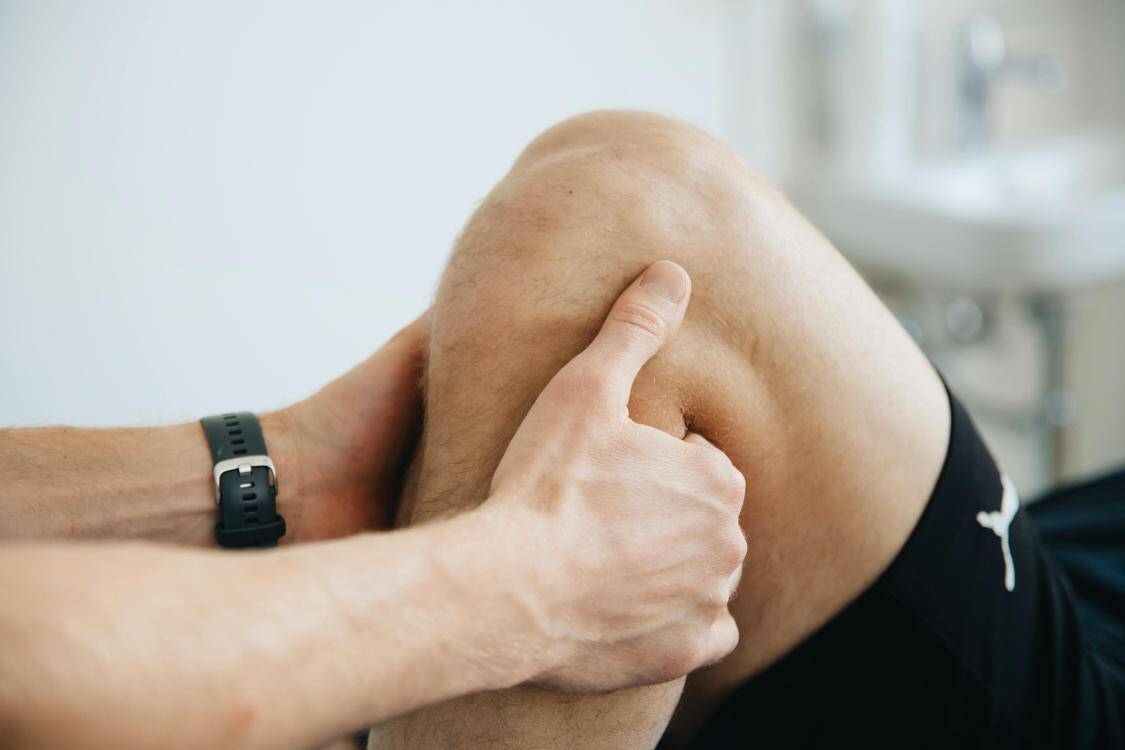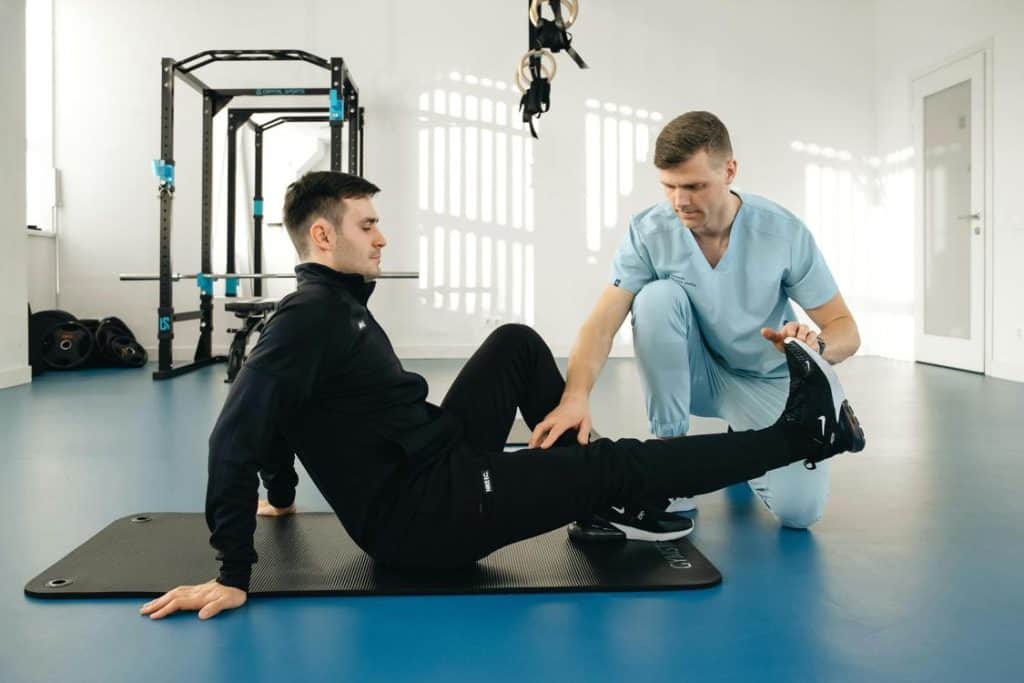Neck pain, stiffness or soreness that is caused by muscle spasms usually goes away on its own within a few days. But if it persists, or is accompanied by numbness and weakness, you should consult your chiropractor.
There are several things you can do at home to relieve neck pain and prevent it from recurring. This includes avoiding bad posture, taking breaks from long periods of sitting and ensuring your chair provides proper back support.
Rest
Neck pain can be caused by many factors. Often it is caused by poor posture, working at a computer, sleeping in a bad position or a fall or injury to the neck. Some pain can be relieved by simple changes such as getting a better night’s sleep, improving your posture and using a good neck pillow. It is also important to keep the neck muscles flexible and strong so a regular exercise regime should be part of your daily routine, starting off slowly with any new exercises.
Using ice and heat to reduce neck pain is very effective. The ice reduces inflammation and the heat loosens stiff muscles. It is recommended to alternate ice and heat several times a day. If you are unsure about the best way to do this, ask your chiropractor for advice.
Stress is also a major cause of neck pain. There are many relaxation, meditation or mindfulness tapes, CDs and MP3 downloads available that can help to relax the neck muscles. Some are free on the internet, others can be purchased from chemists and high street shops. Getting a good night’s sleep is also important and the neck should be kept in a neutral position (not tilted or twisted) at all times.
Ice
Neck pain is a common condition that can affect anyone. It may be caused by a poor posture, muscle strain or underlying medical conditions. Fortunately, mild to moderate neck pain often responds to home treatment methods such as ice or heat and gentle range of motion exercises. If your neck pain is severe or interferes with your daily activities, it is a good idea to visit a spine specialist for evaluation and treatment.
To help relieve your neck pain, you should start by resting the area for a few days. However, you should not stay in one position for too long as this can cause your muscles to weaken and your joints to stiffen. Instead, try to move around as much as possible while keeping your head in a neutral position. It is also a good idea to do neck exercises regularly to keep the muscles in your neck strong and flexible.
Applying ice is especially helpful in reducing neck pain and inflammation. Place a cold pack or a bag of frozen vegetables wrapped in a towel on the site of your neck pain for 15 minutes every few hours. The cold tightens the blood vessels in the neck, reducing swelling and numbness and easing your neck pain.
Massage
Described as a “pain in the neck,” stiffness is an uncomfortable condition that affects a significant percentage of the population at some point. It can be caused by a variety of conditions, including muscle strains and herniated discs, whiplash, poor posture, arthritis, or stress. Depending on the severity, neck pain can affect your ability to perform tasks at work and at home.
A good massage can significantly reduce neck pain and help the muscles heal. The goal of the massage is to encourage an increase in blood flow, which enables muscle fibres to relax and loosen. The increased blood flow also allows the muscles to receive more oxygen and nutrients, which can speed up healing.
There are 18 muscles and 25 ligaments in the neck, which makes it prone to injury from everyday activities like sleeping with a head bent forward or carrying a heavy bag on one shoulder. Fortunately, there are some things you can do to help prevent neck pain, such as adjusting your sleep position and taking breaks from staring at a screen. For more severe or long-lasting neck problems, you should visit a chiropractor or physical therapist to get an in-depth treatment plan.
Exercise
The average human head weighs about 10 pounds, and the neck has a lot of work to do to support it. That’s why it is important to stretch the neck regularly by gently moving it from side to side and up and down. In addition to stretching, you should take steps to prevent neck pain by maintaining good posture while sitting or standing, not slouching while working at the computer and sleeping on the right pillow.
While it is tempting to rest the neck when it feels sore, this actually makes the pain worse because it allows the muscles to stiffen. Instead, try gentle exercises that improve the range of motion of the neck, such as nodding your head forward and backward. This is an easy exercise that you can do while sitting or standing and may be done several times a day.
Before starting neck exercise, apply a heating pad (or a microwavable wheat bag or a hot-water bottle wrapped in a towel) to warm up the stiff muscles and joints. Then, after exercising the neck, use a cold pack to reduce inflammation and numb the pain. Alternating these methods for 15 minutes at a time several times a day will help to relieve neck pain.
Change Your Sleeping Position

Over time, poor sleeping posture can cause neck muscles to strain and become sore or stiff. Sleeping with an awkward neck position can also lead to longer-term issues such as numbness or weakness in the arms and hands. If your neck pain continues to get worse, consult your doctor or a physical therapist.
Back sleeping is the most preferred sleeping position for neck pain because it supports the natural curve of the spine and minimises stress on the neck muscles. If you find it difficult to sleep on your back, try placing a small pillow or rolled up towel under your neck for extra support. Avoid a pillow that is too high or low, as this can force your neck into an unnatural position and increase your risk of injury.
While it may be difficult to change your sleeping position, making the effort can help you find neck pain relief and prevent long-term problems. Incorporating gentle neck stretches into your routine can also improve flexibility and reduce the likelihood of pain and stiffness in the future. Simple exercises such as neck rotations, tilting the head side to side, and shoulder rolls can help relax the muscles in your neck and ease tension.
Change Your Diet
The neck is a complex structure. Its job is to support the weight of the head while allowing you to move your head freely. Its seven bones are separated by shock-absorbing disks and supported by tendons and ligaments. So, it’s no wonder that injury or overuse can lead to stiffness and pain in the neck.
Your diet has a huge impact on your body and neck health. It’s important to cut out sugary, processed foods and instead eat whole grains, healthy fats like nuts and avocado, and plenty of fruits and vegetables. The antioxidants found in these foods can help decrease inflammation and prevent cellular damage, which are both associated with neck strain.
Stress can also make your neck pain worse, so it’s important to try to manage your stress levels. Meditation, mindfulness and relaxation techniques can all be helpful for this. Taking up a hobby, or spending time with loved ones can also be great stress relievers. A good massage can also be helpful – but make sure to use a qualified therapist. Massaging your neck muscles gently, with the right amount of pressure, can often alleviate pain. You can also apply a heat pack or an ice pack to your neck, to help ease the pain.
Talk to Your Chiropractor
It’s important to discuss your symptoms with your chiropractor, especially if they’re decently skilled, like the Des Moines chiropractors. They will want to know what kind of pain you have, where the pain is located and how it started. They may also ask you about any lifestyle factors that could be contributing to your neck pain. For example, stress can often cause neck pain. To ease stress-related pain, try using relaxation, meditation or mindfulness tapes, CDs or downloads, which are available from many high-street and online shops.
Another common factor that can contribute to neck pain is facet joint pain. This can be a dull or aching pain and is usually worse when you move your neck. If you have this type of neck pain, your chiropractor might suggest facet joint manipulation to ease the pain and discomfort.
It’s also important to communicate your goals with your chiropractor. They will be able to help you achieve those by giving you advice and performing treatment that is specifically suited to your needs. For example, they may recommend massage, heat or ice therapy. They might also use soft tissue therapy and kinesio taping to relieve spasms, tension and tight muscles. They might also provide diet and weight loss counselling, which can help with reducing inflammation and achieving a healthy bodyweight.




